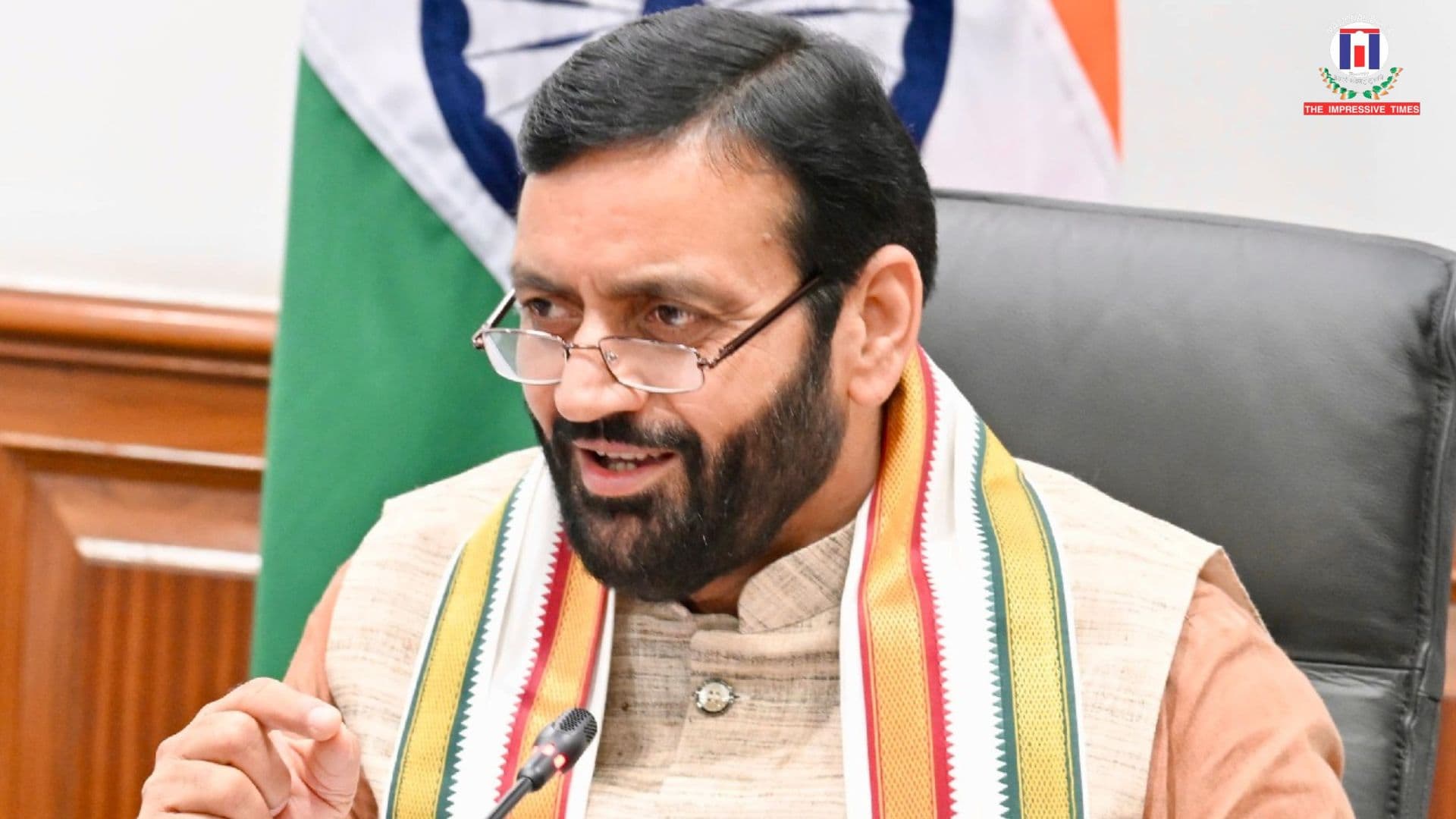Haryana Government

Overview
The Haryana Government administers the Indian state of Haryana, one of the country's northern states. Formed in 1966, the government structure follows the parliamentary system with a Governor, Chief Minister, and a bicameral legislature. The state capital is Chandigarh. The government is responsible for managing the state's resources, administration, and development in areas such as agriculture, industry, education, and infrastructure. The Bharatiya Janata Party (BJP) currently governs the state, with Manohar Lal Khattar serving as the Chief Minister since 2014.
Recent Developments
- April 2025: Haryana announced an ambitious climate action plan aiming to achieve carbon neutrality by 2050, aligning with India's national goals.
- February 2025: The Haryana government introduced a scholarship program targeting underprivileged students, providing financial support for higher education.
- December 2024: In a bid to boost the rural economy, the state launched several initiatives focusing on sustainable agriculture and micro-enterprises.
- August 2024: Haryana adopted a new policy promoting renewable energy projects, with an emphasis on solar and wind power.
- March 2024: The Haryana government launched a major healthcare initiative to enhance medical facilities in rural areas, investing in modern equipment and trained personnel.
- July 2023: Haryana implemented large-scale reforms in the education sector, focusing on digitization and skill development, significantly increasing technology penetration in schools.
Company Information
| Attribute | Information |
|---|---|
| Founding Date | November 1, 1966 |
| Headquarters | Chandigarh, India |
| Chief Minister | Manohar Lal Khattar |
| Governor | Bandaru Dattatreya |
| Current Ruling Party | Bharatiya Janata Party (BJP) |
| Legislative Structure | Unicameral - Haryana Vidhan Sabha |
| Official Language | Hindi |
| Population | Approx. 28 million |
Early History
Haryana became a distinct state on November 1, 1966, after being carved out of Punjab following demands for a separate state to cater specifically to the Hindi-speaking populace. The formation of Haryana was part of India’s linguistic reorganization of states. In its formative years, the state focused on developing its agricultural capabilities, given its fertile lands and high agricultural potential. The Green Revolution of the 1960s and 70s significantly benefited Haryana, transforming it into one of India’s leading states in terms of agricultural output.
Company Profile and Achievements
The Haryana Government operates within the framework established by the Indian Constitution, tasked with legislative and executive responsibilities specific to the state.
- Agriculture: Haryana is one of India’s leading states in wheat and rice production, contributing significantly to the nation’s food security.
- Industrial Growth: The state has developed robust industrial zones, particularly in Gurugram, which is a major hub for IT and automobile industries.
- Education: Haryana has significantly improved literacy rates over the years and has introduced major educational reforms, promoting digital education and vocational training.
- Health Services: The state government has continuously worked on improving healthcare facilities, emphasizing both rural and urban population health.
- Infrastructure: Haryana has invested in robust infrastructure projects, including the development of national and state highways and urban transportation systems.
Current Operations and Market Position
Currently, Haryana holds a prominent position as an agrarian state with significant contributions to India’s food grain stock. The government pursues policies that capitalize on its industrial onslaught in regions like Gurugram and Faridabad, making it an attractive destination for businesses and investments. With strategic initiatives aimed at clean energy, technology integration, and fostering entrepreneurship, Haryana is reinforcing its role as a key player in India's economic landscape.
Conclusion
Haryana plays a crucial role in India's federal structure, functioning effectively under the leadership of the BJP government. The state's emphasis on agricultural productivity, industrial development, technological advances, and policy reforms continues to drive its progress. As Haryana pushes forward with sustainability efforts and digital transformations, it aims to maintain its position as a model state that balances economic growth with social development. The envisaged future programs highlight a roadmap focused on eco-friendly growth and educational advancements, emblematic of its commitment to becoming a progressive and prosperous state.